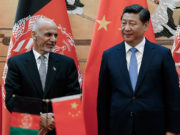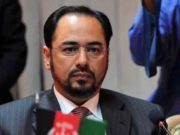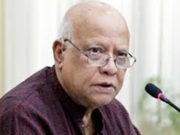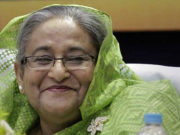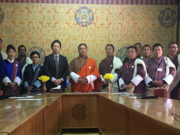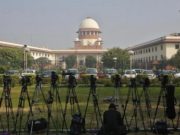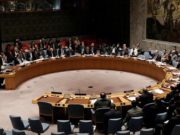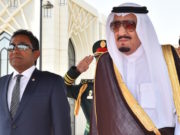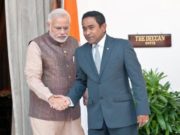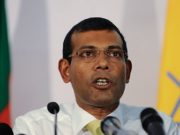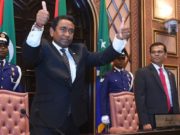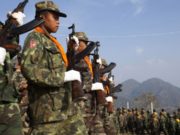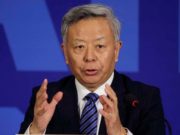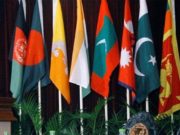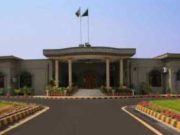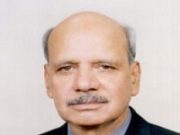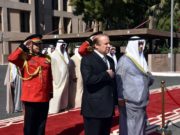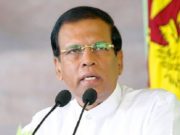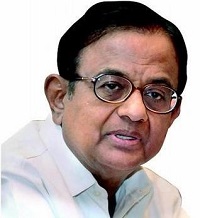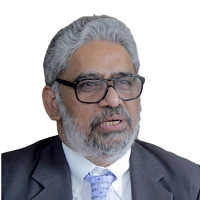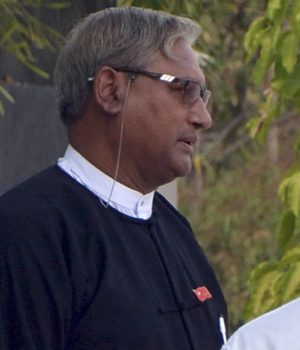(SouthAsianMonitor Exclusive): US president-elect Donald Trump has sounded very business-like in talking about relations with close allies, including those in Asia. They should pay more for their own defence, he has suggested. That makes sense if he is trying to cut down on US military expenditure. But then Trump has also indicated that he will boost military expenditure because he wants to go for a bigger nuclear arsenal. That can trigger a nuclear weapons race not merely with Russia but with China as well.
If Trump pokes China over Taiwan and other issues that Beijing is sensitive to and walks the talk on proposed tough economic measures against China (or American industries that set up manufacturing facilities in China), tensions between the US and China will rise. So, how can one envisage a US military withdrawal from Asia, even if Trump is not pursuing Obama’s “Asia Pivot” in letter and spirit!
Which means the US will not withdraw from Asia but make its Asian allies pay for the American military presence. That makes good business sense for Trump the businessman, but strategy and diplomacy are more than business transactions.
US security guarantee to Japan and South Korea is not just a Cold War legacy. It is rooted in the realities that existed at the end of the Second World War. To ensure Japan never poses a military threat to the US again, the US got in place Article 9 of Japan’s post-war constitution, by which Japan gave up its right to a conventional military and settled for ‘self-defence’ forces. Since the end of Second World War, the US may have loosened its grip on military restrictions on Japan, but never quite decided to leave Japan to defend itself. Now, Trump is looking to change that. Look at what he said during his campaign : “Just to go down the list, we defend Japan, we defend Germany, we defend South Korea, we defend Saudi Arabia, we defend countries. They do not pay us. But they should be paying us because we are providing tremendous service, and we’re losing a fortune. … We can’t defend Japan, a behemoth, selling us cars by the million[s].”
Trump is also seeking more ‘payments’ from South Korea to defend it against a hostile nuclear northern neighbor. This year, renegotiations begin on the cost-sharing agreement on maintaining military bases in South Korea. In 2014, Seoul paid $850 million for maintaining US bases, but Trump’s team has indicated it is not enough. One of his foreign policy advisers Pete Hoesktra has said on record about the US’s Asian allies, including South Korea : “The threats that they face—if they’re not willing to pay for it or if they just go into it saying, ‘We don’t have to worry about it, the United States is going to pay for it,’ that is not a healthy relationship.”
Trump’s simplistic solution to the security problems of Japan and South Korea in their defence against nuclear-armed China and North Korea is that both should go nuclear. Adding two more to the list of nuclear nations is a small price to pay, Trump reasons, than to waste millions on defending them. That is surely going to unleash a dangerous nuclear weapons race in Asia — and with someone like North Korea around, a nuclear Armageddon would no more be a distant reality. In fact, the legendary John Pilger has recently observed that the US is preparing for such a possibility in his film “Coming War on China.”
While old allies like Japan and South Korea appear worried and Phillippines has already indicated a shift to balance relations with China, countries like India who have lately developed strategic relations with the US are no less apprehensive. Indian prime minister Narendra Modi is keen on an early meeting with Trump, using the services of Shalabh Kumar, leader of an US-based Hindu coalition who campaigned hard for Trump and appears to know the president-elect rather well. But when NDTV anchor Barkha Dutt asked Kumar about how soon a Modi-Trump meeting is likely, Kumar said: Such meetings are symbolic, the real thing is about pushing forward trade relations.” Kumar told Dutt India and US should aim to boost bilateral trade from $100 billion to $300 billion in the next five years. In short, he brushed aside chances of an early meeting, to seek which Modi did send his foreign secretary S Jaishanker to the US immediately after Trump won the polls. Jaishanker, a former Indian ambassador to US, has more contacts in the Obama administration than in the Trump team – so he could not come back with any firm date. That leaves Modi high and dry in an attempt to meet Trump, despite the president-elect’s fulsome praise for “Hindus” and “India” during his election campaign. India seems to have put too many of its eggs in the US basket in the last 2-3 years, including signing a military logistics agreement LEMOA.
If Trump walks the talk and expects America’s Asian allies to pay a fortune to get themselves defended by US military power, it may be time Asian nations ask the question that will not comfort Trump. And that is an obvious one – “why should we pick up a fight with a neighbor like China just because Washington wants it that way, if you are not prepared to protect us.”
India’s own experience – and Pakistan’s in 1971 – may provide an insight into this question. It is now well known that Indian and US agencies worked closely to boost the armed Tibetan insurrection in the late 1950s until China attacked India to teach it ‘a lesson’ in 1962. A nervous Nehru asked President Kennedy for ‘several squadrons’ of US fighters and bombers and got none. Some aircrafts did arrive and some military supplies as well but that did nothing to prevent India’s humiliation that rankles to this day.
For all the service Pakistan provided to the Nixon administration to set up its window on China, the Americans did little to defend the ‘territorial integrity’ of its ally in 1971. The US did move its Seventh Fleet to the Bay of Bengal but it arrived a bit too late in the day to prevent the emergence of Bangladesh as a free nation.
In some ways, Trump may provide an opportunity for Asia, if countries here begin to learn the lesson. It is time for Asians to find ‘Asian solutions for Asian problems’ – so countries apprehensive of China must learn to deal with it in their own way and China should learn to deal with its neighbors sans belligerence and bereft of its usual Middle Kingdom dominant posturing. The key to an Asian century lies in perfecting a new Asian credo of diplomacy that junks Western concepts of containment and balance of power.
Subir Bhaumik is a former BBC Correspondent and author




